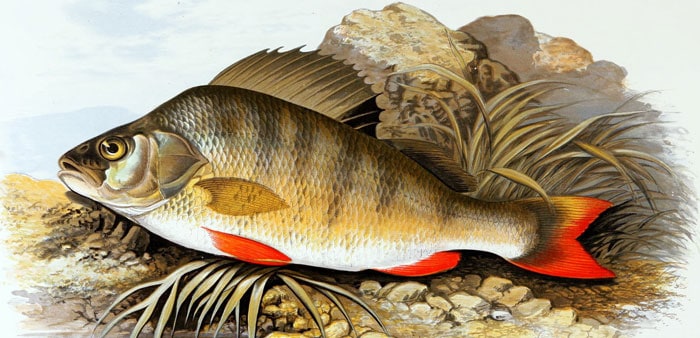
A few waterfalls stand between life and extinction for one of Australia’s oldest fish.
The Gondwanan Galaxiidae fish family has managed to survive millions of years in the freshwater ecosystems of Australia. Now, their existence hangs by a thread as ten of the species, including the critically endangered Kosciuszko galaxias have been listed as threatened under our national environmental law.



















